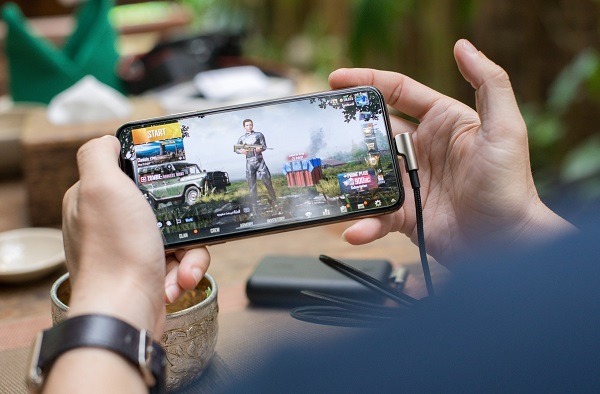The “Freemium” model has been with us in its recognizable form since the release of the first iPhone in 2007. The model has been wildly successful on mobile, and now the vast majority of popular games offer incentives for players to upgrade to premium versions.
In the case of popular titles like Angry Birds, microtransactions enable players to buy additional game levels. Other titles, such as mystery adventure game Murder in the Alps, place time limits on free players’ daily usage that can be removed with a small payment. Another common implementation of the freemium model is games forcing players to watch adverts or participate in marketing surveys in order to continue playing.
Understandably, the more egregious examples of this marketing model have caused the method to develop somewhat of a bad reputation. But there are many alternative ways for developers to monetize their games. Here we take a look at some of the emerging currents that will impact the way games offer premium services in the next decade.
Different Strategies
One alternative freemium model is games organizing transactions around promotional offers that invite new players to participate. Gaming services that host casino titles like online slots can present offers on free spins, as well as special promotions like daily jackpots and welcome bonuses for new players.
Video game company Electronic Arts recently launched their new title Knock-out City and have opted to make the game free to play for a limited time upon its release. This type of open trial is a great way to encourage people who wouldn’t otherwise put up the initial cost to experience the game in the hope that they find sufficient entertainment value to buy the game at the end of the trial period.
This is similar in style to open beta testing. When Bungie’s Xbox title Halo 3 was still several months away from general release, players were given the opportunity to download a fully featured trial of the online multiplayer segment from the game. This had the effect of simultaneously driving up interest and discussion around the title ahead of release and getting players to buy-in to the experience early.
Successive iterations of the Halo franchise have offered this trial period, but 343 Studios’ upcoming installment in the 20 year old series, Halo Infinite, aims to do something altogether different with its multiplayer…
VIP Pass
After numerous delays, Halo Infinite will be launching in Q4 2021 on the Xbox Series X and Windows PC. Last year, developers 343 Studios confirmed rumors that they will be offering Halo Infinite’s multiplayer mode as a free-to-play game running at 120fps. That this major studio has decided to follow in the footsteps of battle royale games like Fortnite and PUBG points to a growing interest in the freemium financial model.
Epic Games’ Fortnite is an immensely popular cross-platform title with 350 million active players across its mobile, console and PC versions. The game generates revenue by offering players access to customization features by way of an optional battle-pass payment that is redeemed with each season of the game’s rolling update schedule. This one-off payment opens the door for players to make additional purchases on skins and outfits for their character in order to express their identity among the community of regular players on the platform. These small, incremental and entirely optional transactions have amounted to Fortnite earning $1.8 billion in revenue since its 2017 release.
Major Studios
In 2020, Activision, in collaboration with developers Infinity Ward and Raven Software, launched a free-to-play version of their multi-billion dollar FPS franchise, Call of Duty. The game, titled Call of Duty: Warzone, offers players cross-platform play and the largest battle arenas yet seen in the history of the franchise.
Warzone, similarly to Fortnite, offers players a battle pass for “VIP” access to customization options. What makes this model compelling is the fact that the base game is fully playable without spending any money.
This model is distinct from classic freemium games, which have developed a reputation for placing foundational game-features behind pay-walls, effectively forcing the user to pay in order to progress. The model, as outlined by the likes of Fornite and Call of Duty: Warzone, simply offer aesthetic features as microtransactions, and rely on a gamer’s growing identification with and enjoyment of the game to drive sales. Since its release, Call of Duty Warzone, in conjunction with Modern Warfare, have earned Activision over $500 million in microtransaction sales.
Most commentators expect Halo Infinite to follow this, and we can expect to see this superior economic model replace more traditional freemium “trial” models as it grows in popularity among mainstream developers.


